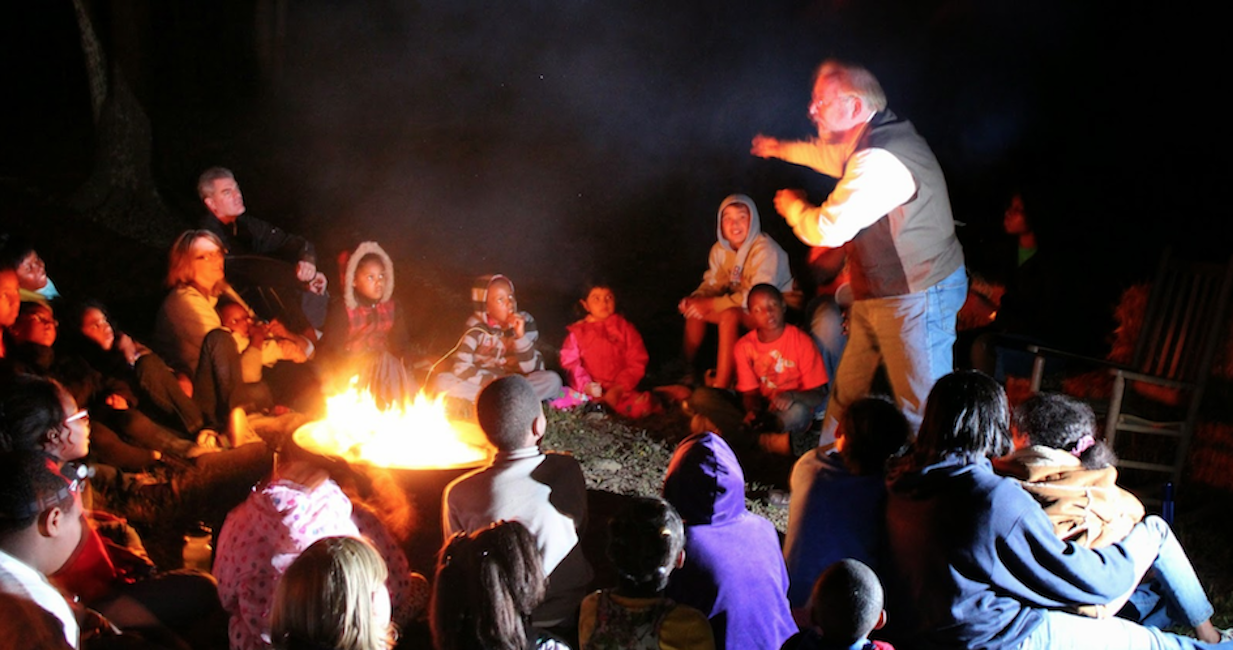
As we approach the Super Bowl and the Acting/Music Awards Season (Golden Globes, Grammies, Oscars, etc.), I’ve enjoyed watching individuals, companies and organizations utilize “Storytelling” as a means of communicating their message as it relates to these events. Jon Westenberg an author and blogger says, “I think storytelling is is the greatest technology that humans have ever created. Storytelling is the basis for almost everything in our society, and the way we interact, build, communicate, live and dream all derives from it. So, what’s your story?
We know that storytelling is a powerful leadership tool. Richard Branson says it was the leaders who used storytelling that inspired him as he built Virgin Airways. In fact he dedicated the month of March as storytelling month at Virgin. Carmine Gallo, a contributor to Forbes.com shares Branson’s ideas in his post,
Richard Branson On Storytelling That Sparks Ideas And Build Brands. Branson begins with a bold statement, “Entrepreneurs who make a difference are, in effect, professional storytellers.” He then shares examples of successful leaders (Paul Polman, CEO Unilever and former United States V.P., Al Gore) who utilized storytelling as a means to launch their product and inspire others. Branson concludes his thoughts linking past with present.He shares that his evenings at home often end with friends and family sitting around a fire sharing stories, a ritual that goes back hundreds of thousands of years (“Telling stories is one of the best ways we have of coming up with new ideas and also learning about each other and our world”). He adds that today, thanks to technology platforms and social media, it is easier than ever for leaders and the entrepreneur to connect with people. Personally, I still like the fire pit and the commaradre that comes with personal interaction. Now there’s an idea for your next retreat.
Storytelling can also serve as a means of motivating staff by helping them frame their work into something personal. Writing in HBR, Joseph Granny’s post, Great Storytelling Connects Employees to Their Work shares how storytelling can be used as a means to help employees feel a deeper sense of motivation and subsequently, satisfaction, with their work. According to Granny, research shows that once a task becomes familiar (routine), our brains devote less cognitive resources to it. In essence we disconnect. We stop seeing past our work and those we affect. The key is for leaders to compensate for the inevitable sense of alienation that often comes with large organizations and provide employees with a personal connection to the human purpose they serve. Granny concludes, “In every organization we’ve ever studied where there was a sense of moral motivation, the leaders were always storytellers. They understood and acted on their responsibility to overcome the inevitable alienation of routine organizational life by connecting employees with those they serve. This is servant leadership at its best!
Emily Smith holds an M.A. in Positive Psychology from the University of PA (the same program in which I am currently enrolled). Her post, The Two Kinds of Stories We Tell About Ourselves, published at IDEAS.TED.COM considers the research of Northwestern University psychologist Dan McAdams, who is considered an expert in the field of “Narrative Identity”. He defines this as an internalized story you create about yourself. When we want people to understand us, we share the story. He proposes that we create our own personal histories marked by highs and lows and we then use this history as the basis for our own story that we then share with the world. McAdams adds that we shape our stories and can choose them to live with more meaning and purpose. “Our life story is not an exhaustive history of our entire existence, rather it represents “narrative choices”, the extraordinary events, that can be good or bad, that we choose to focus on, and it is these events that shape us”. McAdams’ research reveals interesting patterns in how people living meaningful lives understand and interpret their experiences. People who are driven to contribute to society and to future generations, are more likely to tell “redemptive stories” about their lives, or stories that transition from bad to good. Likewise those who share “contamination stories” interpret their lives as going from good to bad and are less driven to contribute to society and younger generations. Citing additional research, Smith shares that by simply making small edits to our personal narratives and reconsidering our life’s events, we can subtly reframe the narrative, adopt a more positive identity, and lead a more purposeful life. Maybe its time to do some editing, and ask, “What’s My Story?”. Have a great week and Embrace the Challenge.
